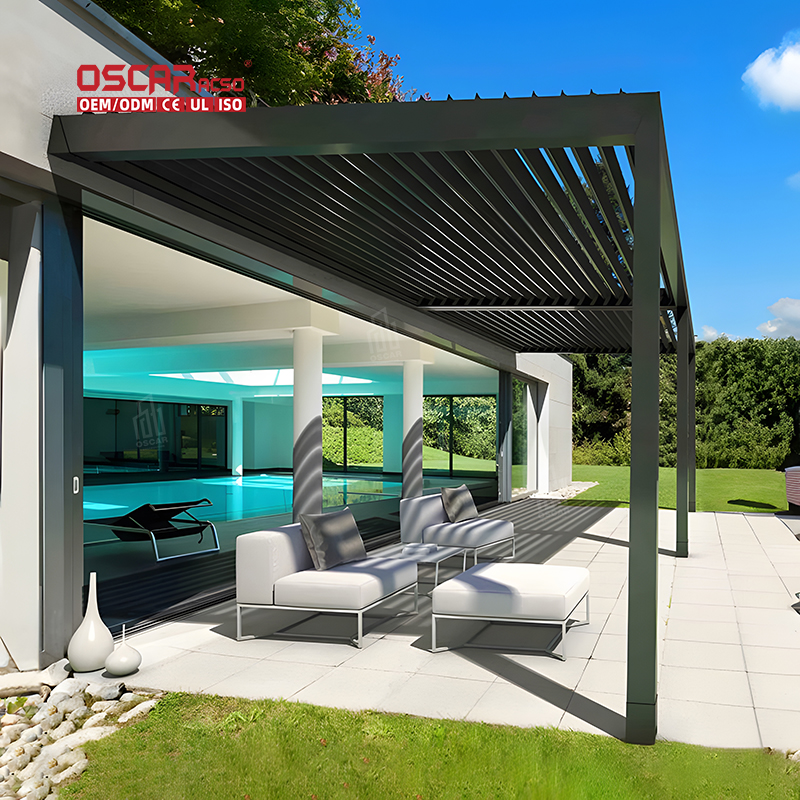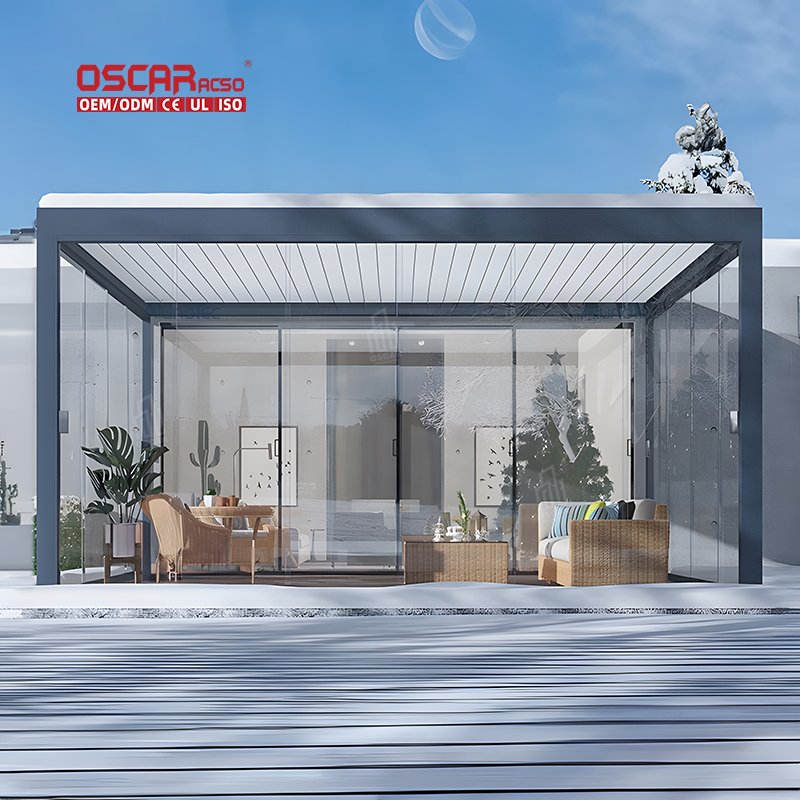Pergola Origins, Unveiling the Ancient Roots of Your Garden Sanctuary
Ever gazed at a pergola in a lovely garden and wondered about its story? 🤔 Where did this elegant structure, so perf...
Ever gazed at a ซุ้มไม้เลื้อย in a lovely garden and wondered about its story? 🤔 Where did this elegant structure, so perfect for lazy afternoons, truly come from? Its journey is a fascinating tale woven through ancient empires, language, and the timeless human desire to create beautiful, shaded retreats. 🌍
.jpg)
🌿 The Name’s Tale: From Latin Word to Garden Wonder
The word ”pergola” itself offers the first clue to its origin. It stems from the Latin word pergula, which meant a “projecting eave” or a small roof overhang . This makes perfect sense, as a pergola essentially extends a home’s living space outward, creating a sheltered, yet open, area.
The Italians later adopted the term, solidifying its link to the garden structures we know today—those lovely frameworks often draped with climbing vines. It’s a name that hints at its purpose: to provide a sense of shelter and passage.
🏛️ Ancient Beginnings: Egypt, Rome, and Beyond
Long before it became a backyard staple, the pergola’s early forms were gracing the gardens of powerful ancient civilizations. Its origins appear to be wonderfully multicultural.
Ancient Egypt 🐪: Evidence suggests Egyptians used vine-covered wooden structures to provide shade in their gardens and courtyards, cleverly cooling spaces under the intense sun and creating relaxing areas .

Ancient Greece & Rome 🏺: The pergola truly flourished here. It was a common feature in wealthy Roman villas and public gardens, used to support climbing plants like grapevines, create shaded walkways, and add beauty to courtyards . The Romans, master engineers, refined its design, building elaborate versions with sturdy stone pillars. For them, it was both practical and a social space for dining and conversation.
Other cultures had their versions too. In medieval Persian and Islamic gardens, pavilions and shaded arcades echoed the pergola’s structure, emphasizing symmetry, water, and serenity .
♂️ The Core Purpose: Why Was It Invented?
The pergola wasn’t built just for looks; its invention was a brilliant marriage of function and form.

- •
Natural Climate Control: Its primary job was to provide shade. The open-lattice roof was a genius design, blocking the harsh sun while allowing breezes to flow through, creating a cool, comfortable microclimate.

- •
Support for Life: It was perfectly designed to support climbing plants like grapes, wisteria, and roses. This turned it into a living structure that offered food and beauty.

- •
Defining Space: In large gardens, it helped define outdoor “rooms,” creating intimate areas for different activities. It guided movement and created a sense of order and luxury.
🌍 A Journey Through Time: Renaissance Revival to Modern Day
After the classical era, the pergola’s popularity saw a magnificent revival during the Renaissance in Italy. It re-emerged as a central feature in formal gardens, with grand estates in Florence and Venice building ornate, stone-columned pergolas covered in roses and vines . It symbolized a control over nature and a return to classical ideals of beauty.
From Italy, the concept spread across France and England, evolving into both decorative and functional outdoor architecture for estates and parks .
The pergola made its leap into modern residential life in the early 20th century. American architects like Frank Lloyd Wright incorporated them into Arts and Crafts-style homes, championing the idea of blurring the lines between indoor and outdoor living. This philosophy continues to influence how we design our homes today.
✨ The Pergola Today: Ancient Inspiration for Modern Living
Today’s pergola honors its ancient roots while embracing incredible innovation. While the classic wooden structure remains beloved, modern materials and tech have transformed its possibilities.
- •
Materials: Beyond wood, we now have durable, low-maintenance aluminum, sleek vinyl, and strong composites .
- •
Smart Features: Modern pergolas can come with motorized louvers, integrated LED lighting, and even rain sensors .
- •
Outdoor Rooms: They’ve evolved into full outdoor living rooms, equipped with heaters, fans, and outdoor kitchens, becoming true extensions of our homes.
The pergola’s enduring appeal lies in its unique ability to merge architecture with nature. It’s a testament to a timeless desire: to create a peaceful, shaded sanctuary under the open sky, just as the ancients did. Its true origin isn’t just in a place, but in a universal human longing for beauty, comfort, and connection to the outdoors.
独家见解: While often credited to Rome, the pergola’s concept is arguably a fundamental human innovation that appeared in various forms across sun-drenched civilizations, from Egyptian courtyards to Persian gardens. Its evolution from a simple vine support to a smart, automated outdoor room shows how brilliantly a classic design can adapt to meet our changing lifestyles.



